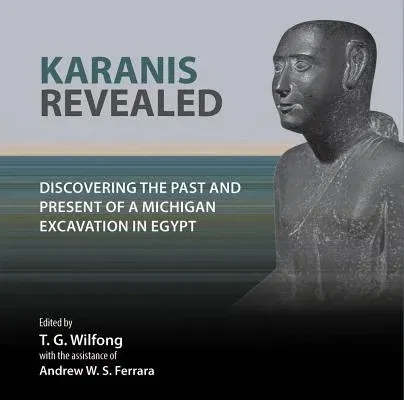Karanis Revealed: Discovering the Past and Present of a Michigan Excavation in EgyptPaperback, 1 June 2014

Qty
1
Turbo
Ships in 2 - 3 days
Only 4 left
Free Delivery
Cash on Delivery
15 Days
Free Returns
Secure Checkout

Print Length
200 pages
Language
English
Publisher
Kelsey Museum Publications
Date Published
1 Jun 2014
ISBN-10
0974187399
ISBN-13
9780974187396
Description
Product Details
Book Format:
Paperback
Country of Origin:
GB
Date Published:
1 June 2014
Dimensions:
21.34 x
21.34 x
1.52 cm
ISBN-10:
0974187399
ISBN-13:
9780974187396
Language:
English
Location:
Ann Arbor
Pages:
200
Publisher:
Weight:
576.06 gm